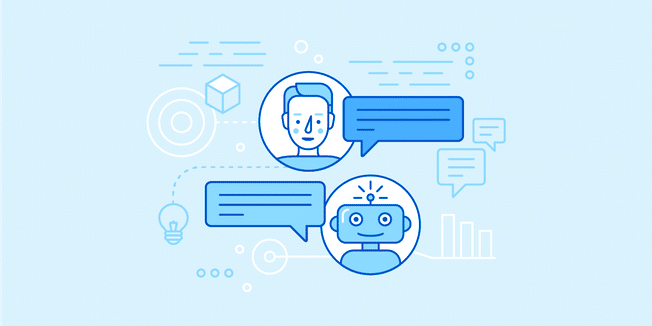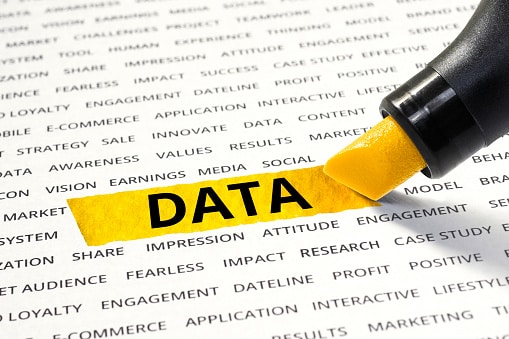Risks of IoT
The Internet of Things (IoT) refers to the network of devices, sensors, and software that communicate and exchange data with one another. While IoT offers numerous benefits, there are also potential risks associated with this technology. Here are some of the potential risks of IoT:
- Security Risks: IoT devices are often connected to the internet, and if they are not properly secured, they can be vulnerable to hacking and cyber-attacks. This could result in unauthorized access to sensitive data or the manipulation of IoT devices to cause physical harm.
- Privacy Risks: IoT devices collect and transmit data, which could include personal information, location data, and other sensitive information. This data could be used for malicious purposes if it falls into the wrong hands, such as identity theft or surveillance.
- Reliability Risks: IoT devices are often used for critical applications, such as medical devices and transportation systems. If these devices fail, it could result in serious consequences, including injury or death.
- Complexity Risks: IoT systems can be complex, with multiple devices and software components that need to work together seamlessly. If any of these components fail, it could result in the entire system failing.
- Compatibility Risks: IoT devices are often designed to work with specific platforms and protocols, which can create compatibility issues between devices from different manufacturers.
- Sustainability Risks: IoT devices require energy to operate, and the use of these devices could contribute to increased energy consumption and carbon emissions
- Interoperability Risks: IoT devices may not be compatible with each other, making it difficult to integrate them into a single system or network. This can result in the creation of “silos” of devices that are unable to communicate or share data.
- Regulatory Risks: As IoT devices become more prevalent, governments and regulatory bodies may introduce new regulations to ensure that these devices are used safely and responsibly. Failure to comply with these regulations could result in legal and financial penalties.
- Data Overload Risks: IoT devices generate a huge amount of data, which can be difficult to manage and analyze. Without appropriate data analytics tools, this data can become overwhelming and may not be used effectively.
- End-of-Life Risks: IoT devices can become obsolete quickly, as new technology is developed and older devices are no longer supported. This can create problems for users who may need to replace devices that are still functioning but are no longer supported by the manufacturer.
- Ethical Risks: IoT devices may be used for purposes that are unethical or illegal, such as surveillance or tracking. This can lead to violations of privacy and civil liberties.
- Supply Chain Risks: IoT devices are often manufactured and assembled in multiple locations around the world. This can make it difficult to ensure that these devices are free from defects or vulnerabilities that could compromise their security or reliability.
- In summary, while IoT has enormous potential to transform the way we live and work, it is important to recognize the potential risks associated with this technology and take appropriate measures to mitigate these risks.
- Management Risks: IoT networks require specialized management, which can be a challenge for organizations that are not familiar with the technology. This can lead to issues such as misconfigured devices, unauthorized access, and other security vulnerabilities.
- False Sense of Security Risks: While IoT devices are often marketed as being secure, they can still be vulnerable to attack if they are not properly configured and managed. This can create a false sense of security, leading users to believe that they are protected when they are actually at risk.
- Liability Risks: If an IoT device causes harm or damage, it may be difficult to determine who is liable for the incident. This can be especially challenging if multiple parties are involved, such as the device manufacturer, the software developer, and the network operator.
- Cyberwarfare Risks: IoT devices could be used as a part of a larger cyberwarfare strategy, as a means of disrupting critical infrastructure, such as energy grids, transportation systems, or communication networks.
- Cost Risks: IoT devices and networks can be expensive to implement and maintain, and the cost of upgrades and replacements can be significant. This can create financial risks for organizations that are not able to keep up with the pace of technological change.
- Health Risks: There are potential health risks associated with some IoT devices, particularly those that emit electromagnetic radiation. Long-term exposure to these devices could increase the risk of certain health problems, such as cancer or neurological disorders.
- Overall, while IoT has many potential benefits, it is important to be aware of the potential risks and take appropriate measures to address them. This includes implementing security and privacy measures, choosing reliable and trustworthy vendors, and investing in ongoing training and education to stay up-to-date on the latest developments in IoT technology.







